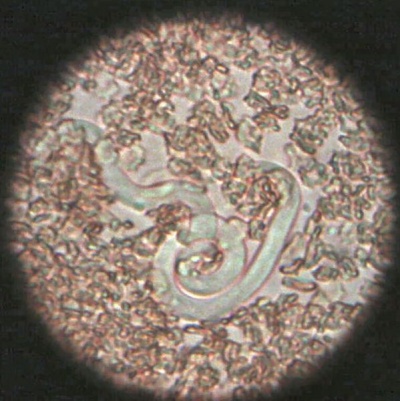You may be getting ready to have a major do-over on your home. It may be a do-it-yourself job or you’ve hired a contractor. In either case, you’ll have all sorts of tools, paint and other construction items lying about. These items can be hazardous to your pet’s health so here are some reminders of what to do.
If your home was built before 1978, there’s a good chance that lead can be found in old paint, putty around windows, linoleum, wallpaper, paneling. When these items that contain lead are scraped or sanded, dust is created in the air, settling on all surfaces including your pet’s coat. When your pet grooms him/herself, there is the risk of lead poisoning as s/he ingests the dust. There can be paint chips as well that a pet may chew.
Before remodeling or repairing any surfaces, have an expert test the area for lead.
Paints, varnishes and stains, whether ingested or inhaled even though they don’t contain lead, can make your pet ill. Water-based paints will wash off with soap and water. Oil-based paints should be allowed to dry, making sure your pet does not lick the area. Once dry, cut away the damaged fur.
Never use paint thinner, turpentine or any other type of chemical remover on your pet as they can cause chemical burns.
Insulation that has fiberglass fibers that are ingested can cause mouth and intestinal problems. Bathing your pet will remove the external fibers. But have your veterinarian check your pet to make sure there is no irritation or obstruction.
Foam insulation, tile adhesive and polyurethane glue, if ingested, can expand in the stomach. Surgery is necessary to remove the obstruction. Contact your vet immediately.
Ingested wet or dry spackle can cause vomiting and gastrointestinal obstruction that requires surgery. Contact your vet immediately.
Power tools, saws, sanders, electrical cords can tempt curious pets to get too close. Confine your pet when they are in use and don’t allow your pet near them at any time.
Check often for any small pieces of material, nails, screws, staples, paint brushes, cleaning products and so on that are accessible to pets. Some pets will ingest drywall. Keep all these items well out of your pet’s reach.
Make sure the house is well ventilated while work is in progress. With open windows and doors offering tempting avenues of escape, it’s best to keep your pet confined to a safe room. Provide a bowl of water, some toys and his/her bed. Check on your pet regularly and offer some playtime to limit stress. Make sure that everyone working in the house knows that the pet’s room if off limits and the door should remain closed.
Birds are particularly sensitive to the odor of paint and other materials, so it’s best to get them out of the house to a friend or relative until remodeling is finished and smells have dissipated and there are no loud noises and strangers to create stress in your bird or any of your pets.
If at all possible, ask friends or family if they will keep your cat, dog or small pet until work is completed. Even though it’s a bit of a disruption for your pet, it’s the best way to keep him/her safe.



